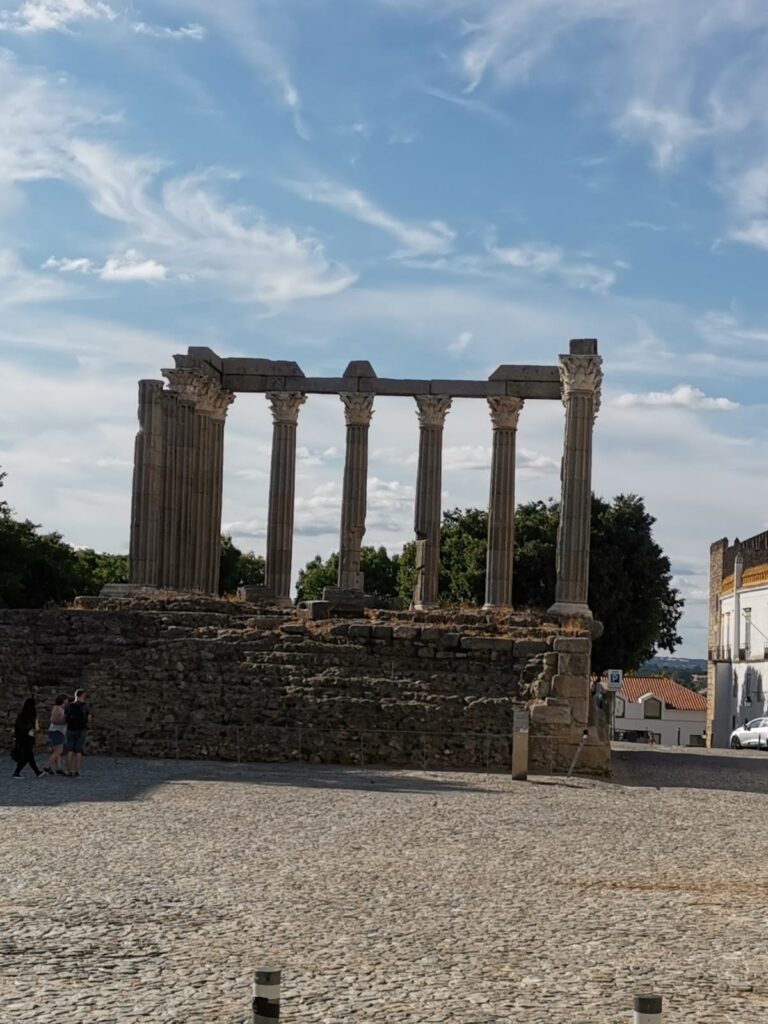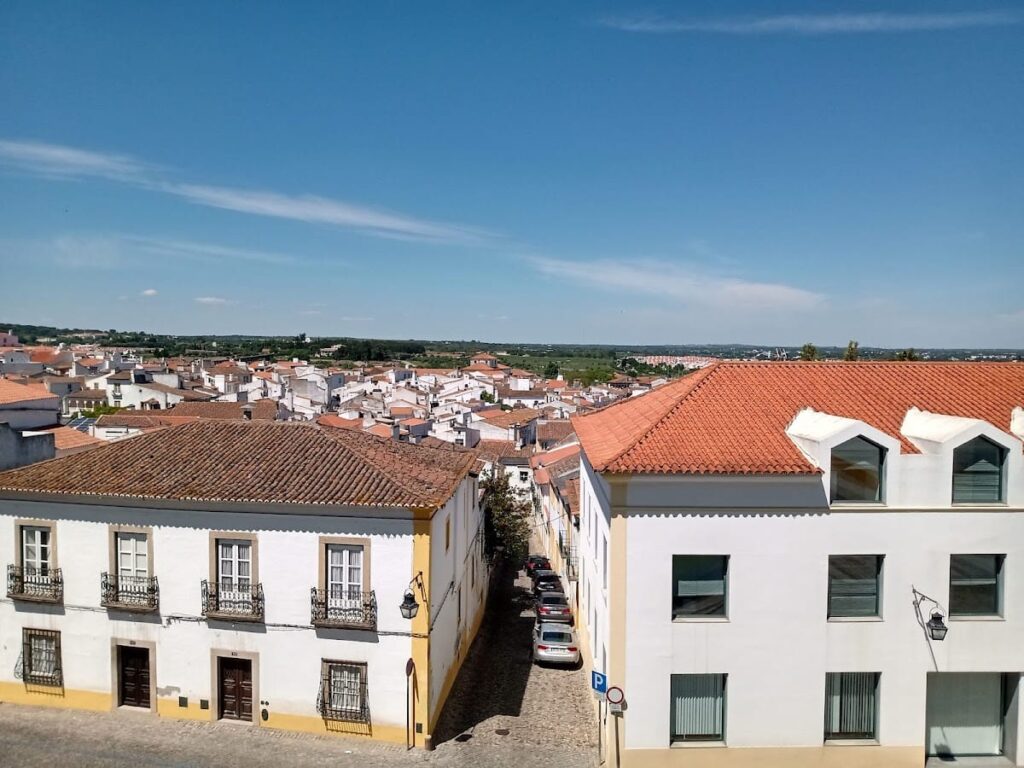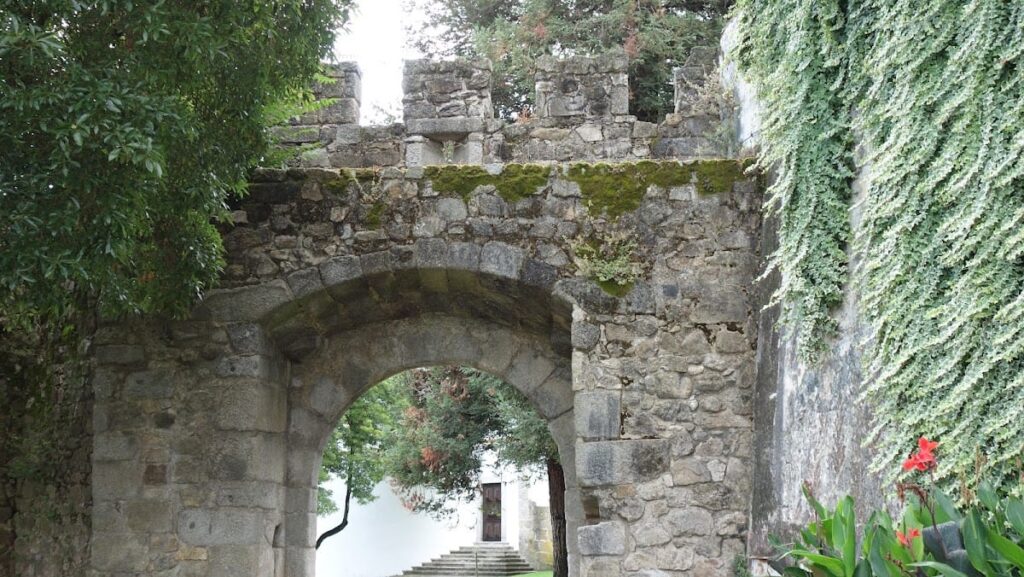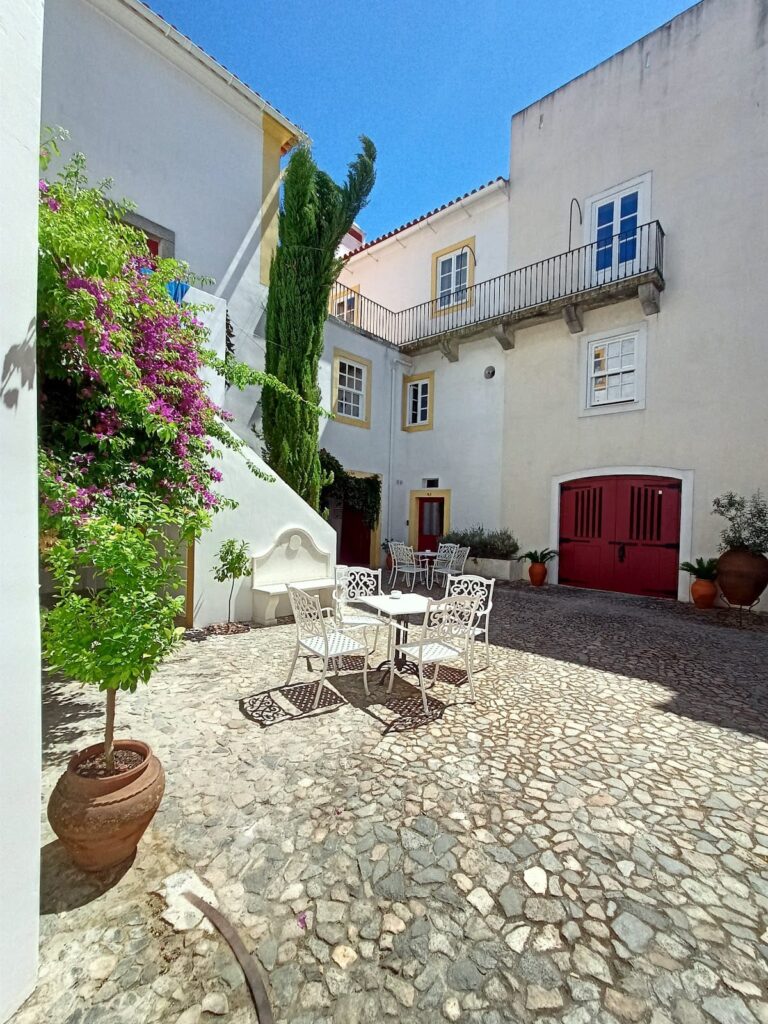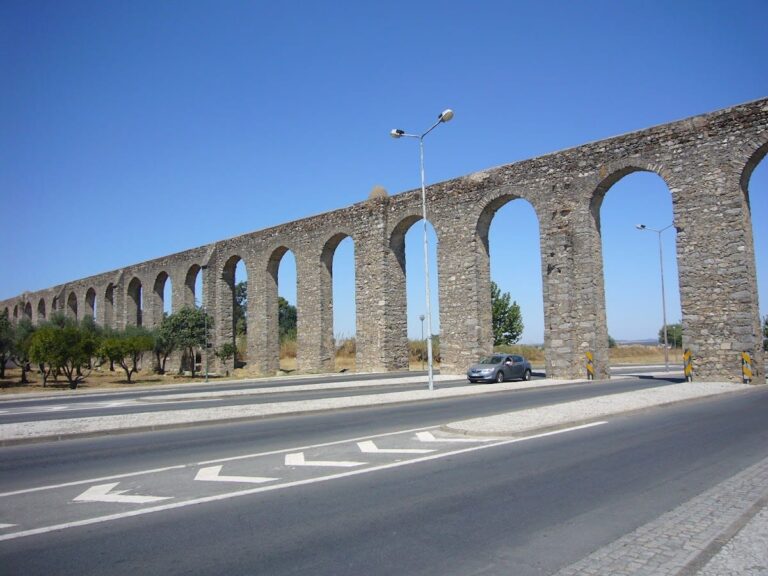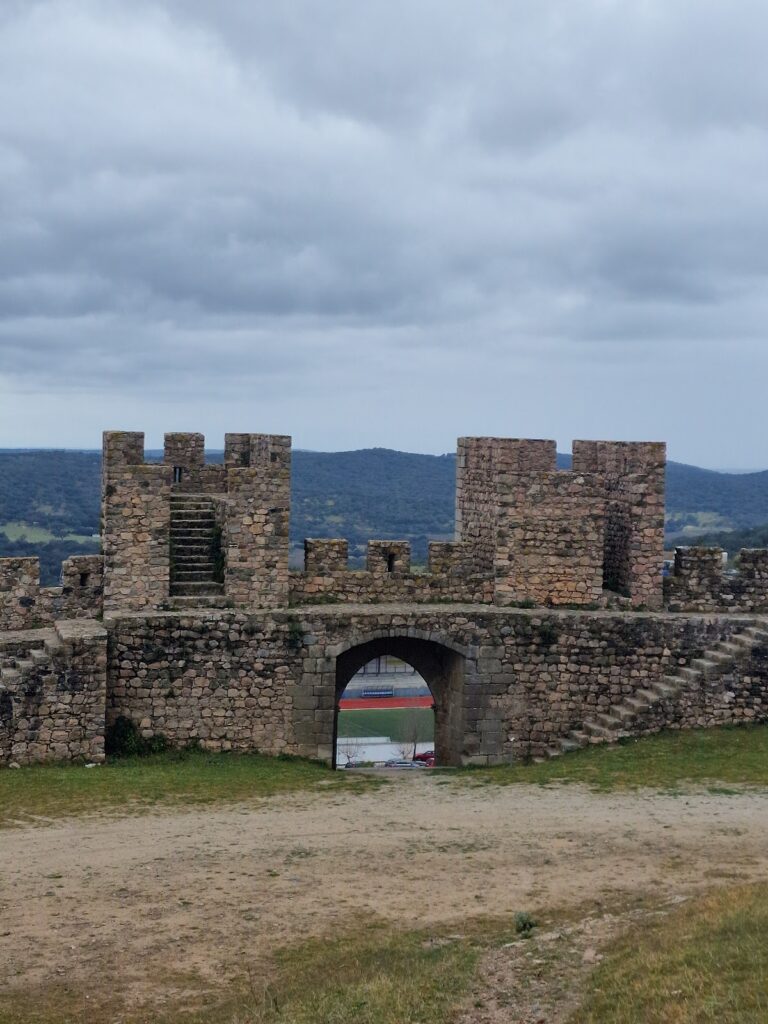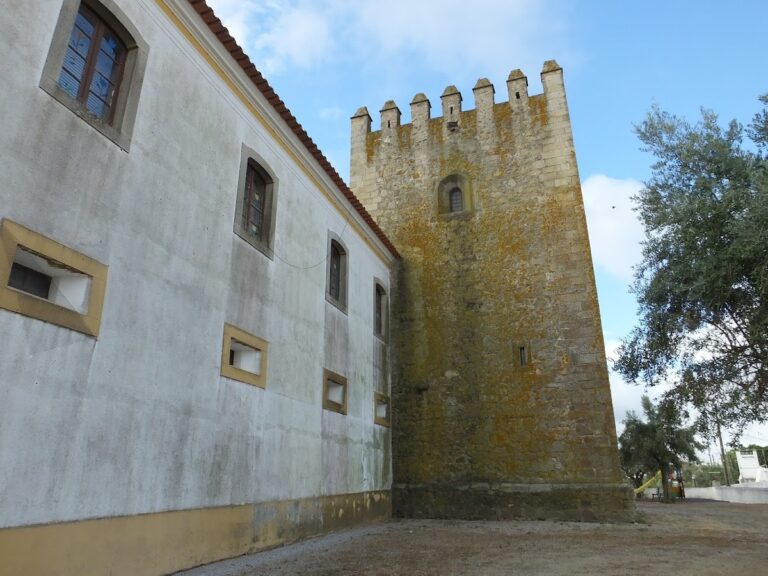Roman Arch of Dona Isabel in Évora: A Historic Gateway from Ancient to Medieval Times
Visitor Information
Google Rating: 4.4
Popularity: Very Low
Google Maps: View on Google Maps
Country: Portugal
Civilization: Roman
Remains: Civic
History
The Roman Arch of Dona Isabel stands in Évora, Portugal, a city known in Roman times as Ebora Liberalitas Iulia. This arch was originally part of the city’s defensive walls, constructed between the late 2nd century and early 3rd century AD. At that time, Évora was a Roman settlement featuring public buildings such as forums, baths, and temples.
Although the arch carries the name of Queen Isabel, wife of King Denis I of Portugal who ruled from 1279 to 1336, it predates her by many centuries. The name likely reflects later medieval associations rather than the arch’s original Roman function. Over the centuries, the arch became integrated into various structures, reflecting the city’s changing rulers and cultures.
During the medieval period, the arch was incorporated into buildings that show evidence of Moorish influence, indicating the presence or impact of Islamic rule in the region. Later, in the 16th century, decorative elements from the Manueline style, a Portuguese architectural form, were added.
In 1910, the arch was officially recognized as a National Monument of Portugal, acknowledging its historical and architectural importance as a surviving element of the ancient Roman city.
Remains
The Roman Arch of Dona Isabel is constructed mainly from granite blocks fitted together without mortar, a technique typical of Roman masonry. The structure stands about 4.3 meters tall and nearly 4 meters wide. It consists of 29 wedge-shaped stones called voussoirs, which form three semi-circular arches.
The central arch is the largest and was likely designed to allow carts and animals to pass through. On either side are smaller arches, probably intended for pedestrians. This arrangement suggests the arch served as a city gate controlling different types of traffic.
The visible remains show a combination of architectural features from different periods. Medieval stonework and Moorish brick elements are present alongside 16th-century Manueline decorative details.
Today, the arch remains in its original location at the intersection of Rua de Dona Isabel and Rua do Menino Jesus in Évora’s historic center, integrated into the modern urban environment.

